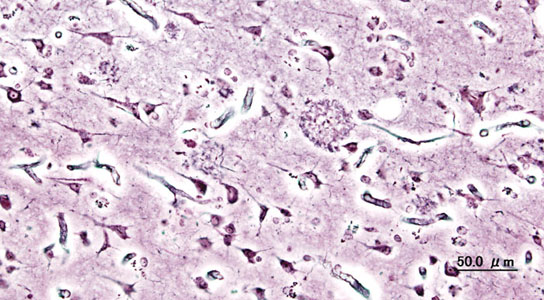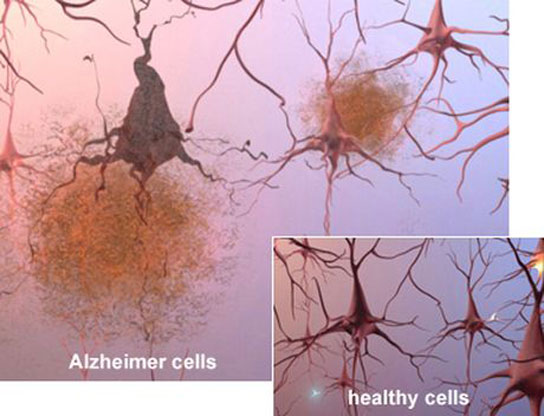
Patients who experience disrupted sleep patterns could be diagnosed with Alzheimer’s disease since Alzheimer’s patients often complain of changes in their sleep patterns during the early stages of the disease.
The scientists presented their findings at the annual meeting for the Society for Neuroscience in New Orleans, Louisiana this week. In healthy people, daytime naps usually last about 20 minutes; but in patients with Alzheimer’s, they can last up to 3 hours.

Neurophysiologist Roxanne Sterniczuk and her team from Dalhousie University in Halifax, Canada, wanted to determine how early these changes happen and if these could predict the risk of a person developing the disease in the future.
The team analyzed data from about 14,600 people, which was collected as part of the Survey of Health, Aging, and Retirement in Europe (SHARE), a long-term observational study of people aged 50 and over from 12 European countries.
The team looked at various measures of sleep quality and came up with a sleep disturbance index to analyze the sleep quality of healthy people. Participants who reported sleeping restlessly, feeling tired during the day, and taking sleep medication were more likely to be diagnosed with Alzheimer’s within the next 2 years. They also found that the greater the extent of these problems, the more severe the symptoms of the disease.
“Increased daytime sleepiness was the biggest predictor,” states Sterniczuk. “It would appear that subtle changes in the sleep–wake cycle are taking place before any disease pathology.”
Alzheimer’s disease is characterized by the deposition of insoluble plaques made up of amyloid- ß protein, which accumulate in the spaces around nerve cells, and by neurofibrillary tangles that are deposited inside cells.
These sleep disturbances could be an early marker for the brain changes occurring as the disease develops, or they may contribute to the progression of the disease. Last month, David Holtzman, a neurologist at Washington University School of Medicine in St Louis, Missouri, reported that in a mice model of Alzheimer’s disease, the sleep-wake cycle broke down following the formation of the plaques and that the elimination of these plaques caused the cycle to return to normal. This suggests that the plaque formation causes these sleep disturbances, but distinguishing between the two in humans will require long-term studies to assess biological markers.